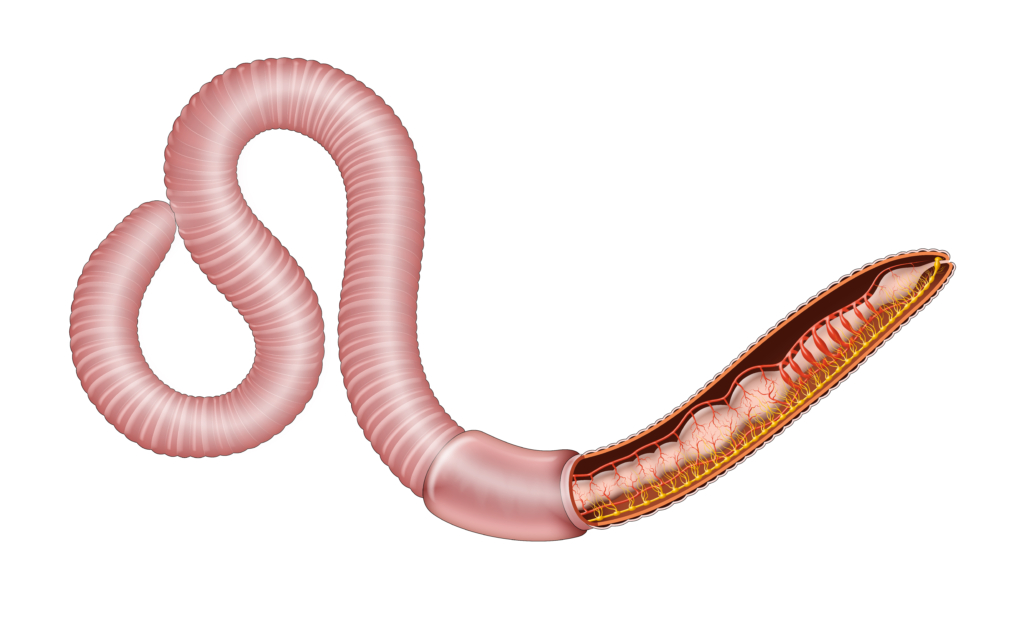Did you know that not all blood is red? Blood can have different colors depending on the species of animal. The vast majority of vertebrates have crimson red blood.1 The red color is due to the interaction between oxygen and iron molecules in the heme moiety of hemoglobin, which is packaged inside red cells. Venous blood appears dark red, while arterial blood is bright red. Some people’s veins appear to contain blue blood. That is an optical illusion caused by the way skin filters light.2 Sometimes, the color of blood is not fully determined by the respiratory pigment. For example, New Guinean lizards have green blood because of biliverdin, which completely overshadows the normal red color of their iron-based hemoglobin.
Invertebrates do not have red cells. Some, but not all, have oxygen-binding (respiratory) pigments either dissolved in their plasma or packaged in blood cells, called hemocytes. Some creatures such as the earthworm have extracellular hemoglobin, giving their blood a red color.3 Some animals like spiders and other arthropods such as horseshoe crabs, octopi, snails and lobsters, have blue blood due to the presence of copper-based hemocyanin. Sea cucumbers have yellow blood due to a high concentration of a yellow vanadium-based pigment called vanabin. Some members of the phylum Annelida (segmented worms and leeches) have a greenish respiratory pigment called chlorocruorin. Finally, two phyla of marine invertebrates (sipunculids, which includes the peanut worm, and brachiopods) transport oxygen using the non-heme iron protein, hemerythrin, which is colorless when deoxygenated, but turns a violet-pink/purple in the oxygenated state.
In pathological conditions, human blood may exhibit different colors. For example, blood with elevated levels of methemoglobin, in which the iron molecule is converted from ferrous (Fe2+) to ferric (Fe3+), has a chocolate-brown color. Elevated levels of sulfhemoglobin, in which a sulfur atom is incorporated into the hemoglobin molecule, may cause the blood to appear green.
Human blood may appear green in deep sea divers. As divers descend, red light from the sun becomes increasingly filtered out, so that at 30 feet, no red light is getting through. Instead, green is reflected by green pigments in the blood that are usually hidden by the reflected red light.
Objects such as blood do not have intrinsic color. Rather, color is based on wavelengths of light – typically from the sun – that the objects reflect. Oxygen-bound hemoglobin reflects red-orange light into our eyes, making normal blood appear red. The color that we perceive is affected not only by the absorption and reflection properties of the object, but also by the types of wavelengths of light reaching the object (thus the appearance of blue blood in veins, and green blood at ocean depths). These principles are leveraged in pulse oximetry, which uses spectrophotometry to determine the proportion of hemoglobin that is saturated with oxygen based on preferential absorption of light at different wavelengths (660 nm and 940 nm).
Learn more here.



:no_upscale()/cdn.vox-cdn.com/uploads/chorus_asset/file/2408994/lead.0.jpg)
:no_upscale()/cdn.vox-cdn.com/uploads/chorus_asset/file/2409070/Sipuncula.0.jpg)


